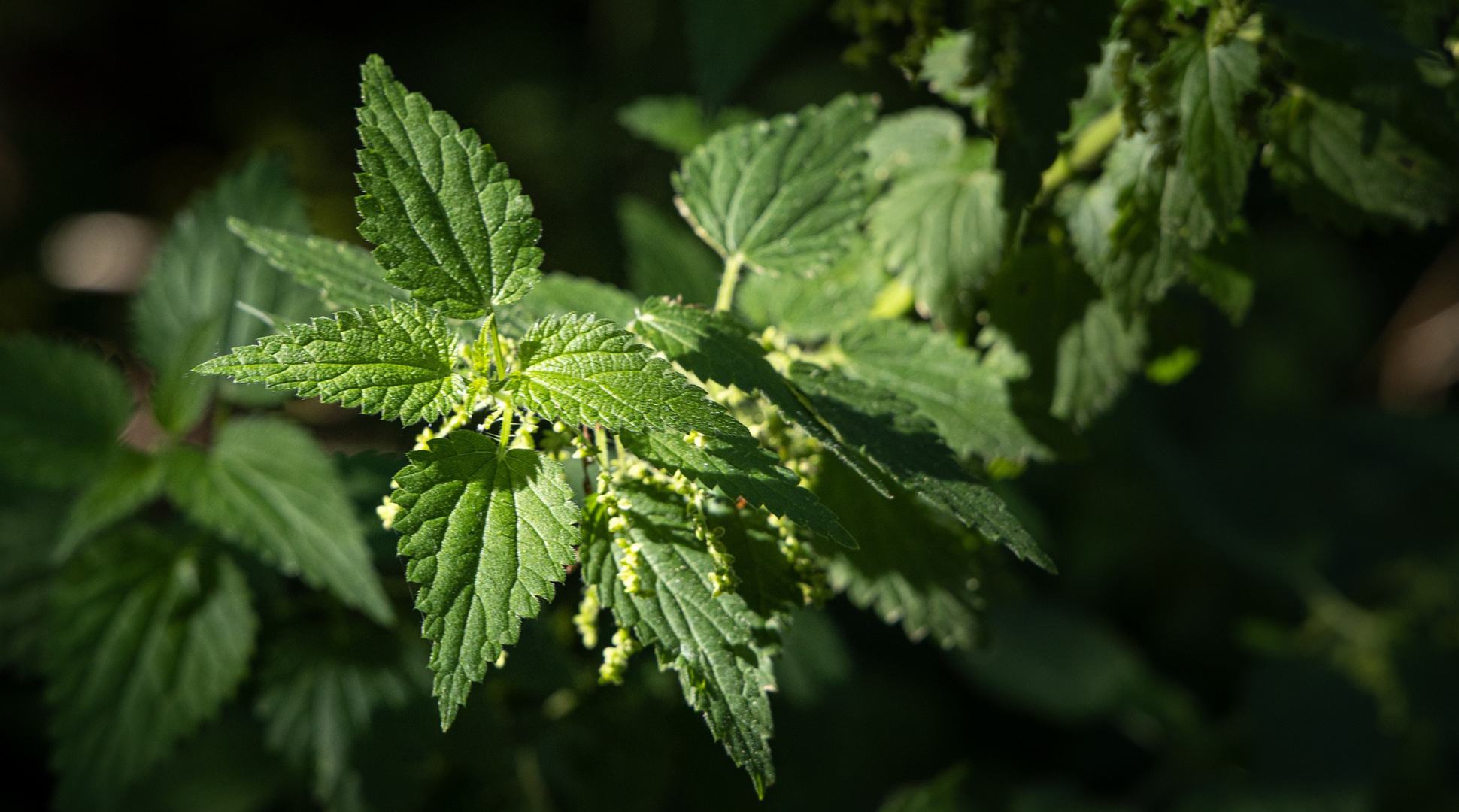by Dawn Smith-Pfeifer
Most of us probably remember our parents admonishing us to "Eat your veggies!" or maybe even "Drink your milk!"
As someone who is not a milk drinker, I usually enjoyed my calcium in the frozen way -- copious amounts of ice cream.
As I aged however, and the youthful metabolic rate slowed to "If I look at ice cream, I'm gaining weight," conundrum, I started looking for alternatives.
Naturally, yogurt became a staple. And with good reason. Just look at this chart from dietaryguidelines.gov:

So imagine my surprise when I took a gander at the next group of foods high in calcium. The first two are weeds. WEEDS!

When I was a kid, we had some nefarious weeds that we called stingweed, because that's what they did. Building forts in the trees, I brushed against stingweed many times, and I was not happy. I remember applying burn spray many times to help soothe the pain.
Could they possibly mean that "Nettles, cooked" are the same thing as stingweed that grew so veraciously on the farm in the tree rows and kept the "Bactine" folks in business.
Turns out the answer is yes.
The Old Farmer's Almanac has even devoted a whole page to Stinging Nettles, Plant of a Thousand Uses.
Once cooked, those fiery little plants lose their sting and become a nutritional powerhouse, packed with calcium, iron, and a variety of vitamins. In fact, many foragers and chefs seek them out for their earthy flavor and health benefits.
I don't know, but I'm just not excited at all to try anything with stingweed in it. I know. I'm just being squeamish, but yuck. Just yuck.
And if you look at #4 on the list, Amaranth is also a weed. Palmer Amaranth is considered a noxious weed for farmers, one that can take over farmers' fields if it isn't managed properly. I didn't get the memo, but apparently, people do eat it. According to New Mexico State University, "People around the world have valued Amaranthus spp. as a leafy vegetable, cereal, and ornamental. Different Native American tribes used Amaranthus spp. extensively as a source of food. The Cocopa, Mohave, and Pima tribes would bake and eat Palmer amaranth leaves. Seeds of Palmer amaranth were also ground into meal and used for food by the Navajo and Yuma tribes (Sauer, 1957). Nevertheless, Palmer amaranth also possesses some toxic properties."
That was all I had to read to decide Amaranth is a no-go on my table.
Finally, let's head down to the bottom of the list. Dandelions. Don't even get me started on this one. While they are dismissed as nasty lawn invaders at my house, the whole darn thing can be eaten!
Apparently, in addition to calcium, dandelions contain iron and antioxidants.
I don't even know why I'm telling you all this. I guess I just realized that I didn't know how many weeds are edible. I thought it was interesting, even though I'm not going to advocate for eating them.
But that's just me.
